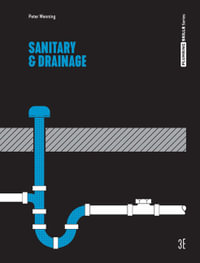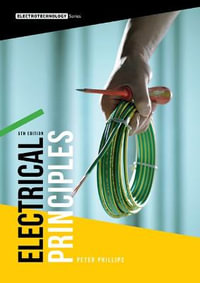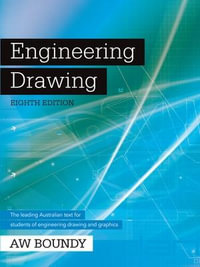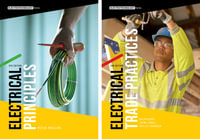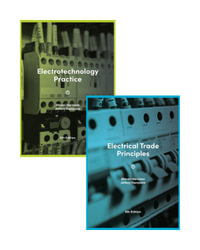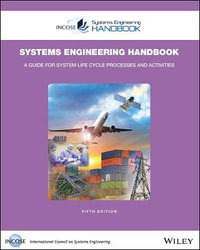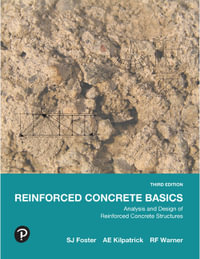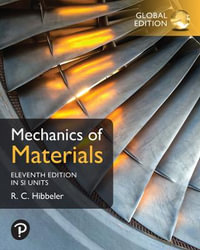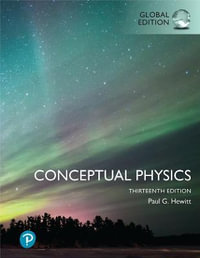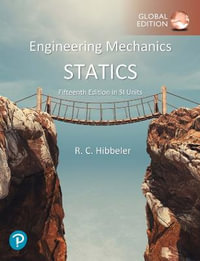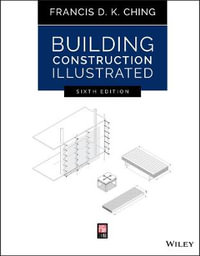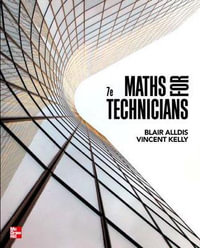
Introduction to Materials Science for Engineers, Global Edition
9th Edition
Paperback | 14 November 2022 | Edition Number 9
At a Glance
Paperback
RRP $174.96
$138.25
21%OFF
Aims to ship in 7 to 10 business days
When will this arrive by?
Enter delivery postcode to estimate
For a first course in Materials Sciences and Engineering taught in the departments of materials science, mechanical, civil and general engineering.
Introduction to Materials Science for Engineers provides balanced, current treatment of the full spectrum of engineering materials, covering all the physical properties, applications and relevant properties associated with engineering materials. It explores all of the major categories of materials while also offering detailed examinations of a wide range of new materials with high-tech applications.
Revised to reflect recent data and trends, the 9th Edition includes updated computer-generated crystal structure illustrations and new end-of-chapter conceptual problems.
About the AuthorJames F. Shackelford has BS and MS degrees in Ceramic Engineering from the University of Washington and a Ph.D. in Materials Science and Engineering from the University of California, Berkeley. Following a post doctoral fellowship at McMaster University in Canada, he joined the University of California, Davis, where he is currently Distinguished Professor Emeritus in the Department of Materials Science and Engineering. For many years, he served as the Associate Dean for Undergraduate Studies in the College of Engineering and later as the Director of the University Honors Program that serves students from a wide spectrum of majors. Dr. Shackelford also served as Associate Director for Education for the National Science Foundation(NSF)-funded Center for Biophotonics Science and Technology (CBST) and as Faculty Assistant to the Director of the McClellan Nuclear Research Center(MNRC) of UC Davis. He teaches and conducts research in the structural characterization and processing of materials, focusing on glasses and biomaterials. His current focus in teaching is doing so through online technologies. A member of the American Ceramic Society and ASM International, he was named a Fellow of the American Ceramic Society in 1992, was named a Fellow of ASM International in2011, and received the Outstanding Educator Award of the American Ceramic Society in 1996 and the Albert Easton White Distinguished Teacher Award from ASM International in 2019. In 2003, he received a Distinguished Teaching Award from the Academic Senate of the University of California, Davis. In 2012, he received the Outstanding Teaching Award of the College of Engineering at UCDavis, and, in 2014, received an Outstanding Service Award from UC Davis Extension. In 2016, Professor Shackelford received the Inaugural Award for Outstanding Contributions to Materials Education at the North American Materials Education Symposium (NAMES) held at the University of California, Berkeley. He has published over 150 archived papers and books including Introduction to Materials Science for Engineers now in its 9th Edition and which has been translated into Chinese, German, Italian, Japanese, Korean, Portuguese, and Spanish.
ISBN: 9781292440996
ISBN-10: 1292440996
Published: 14th November 2022
Format: Paperback
Language: English
Number of Pages: 704
Audience: College, Tertiary and University
Publisher: Pearson Education Limited
Country of Publication: GB
Edition Number: 9
Dimensions (cm): 2.4 x 20.5 x 25.4
Weight (kg): 1.28
Shipping
| Standard Shipping | Express Shipping | |
|---|---|---|
| Metro postcodes: | $9.99 | $14.95 |
| Regional postcodes: | $9.99 | $14.95 |
| Rural postcodes: | $9.99 | $14.95 |
How to return your order
At Booktopia, we offer hassle-free returns in accordance with our returns policy. If you wish to return an item, please get in touch with Booktopia Customer Care.
Additional postage charges may be applicable.
Defective items
If there is a problem with any of the items received for your order then the Booktopia Customer Care team is ready to assist you.
For more info please visit our Help Centre.
